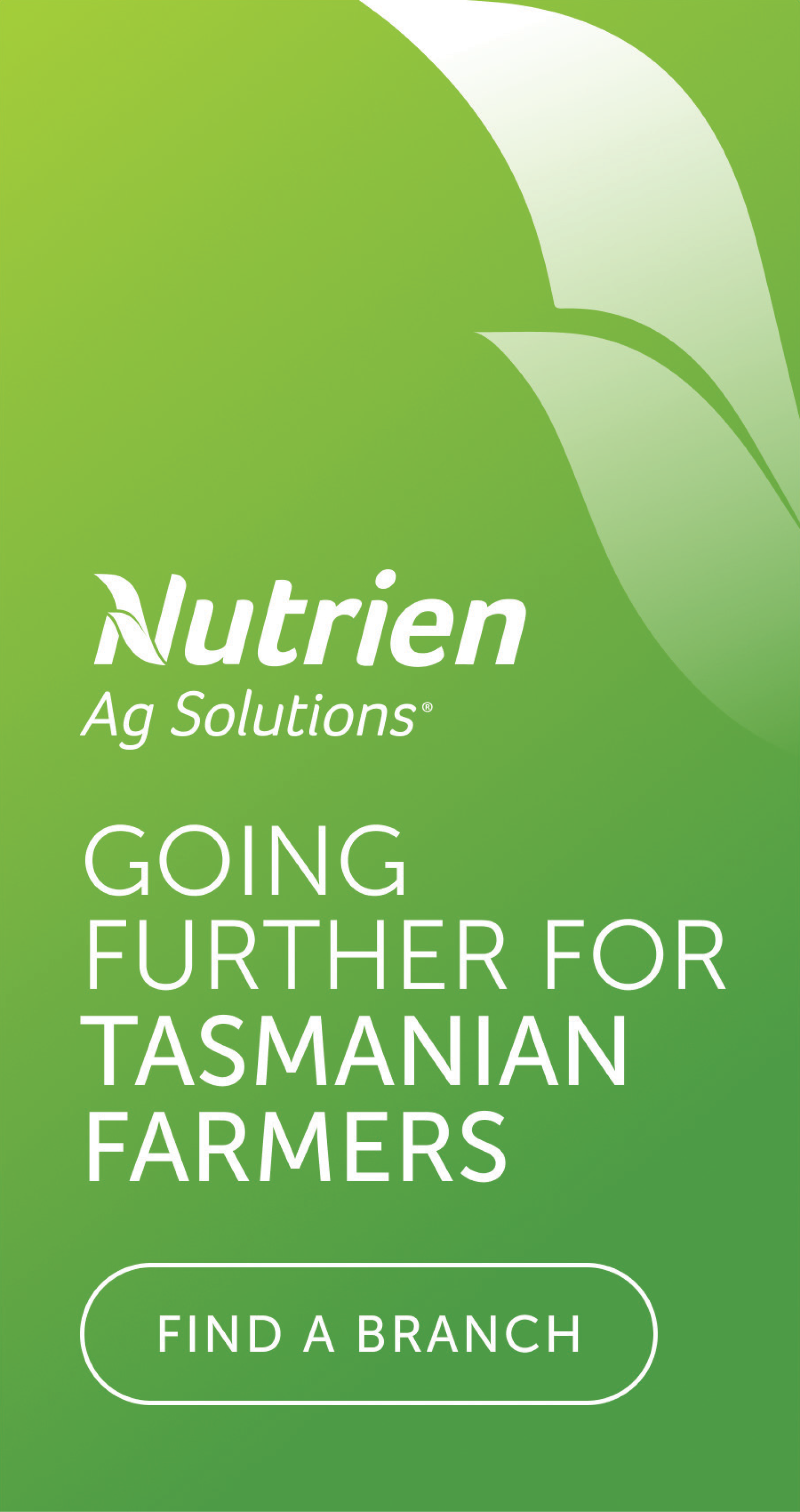Gloomy weather outlook
AFTER one of the driest season for many years and the low winter rainfall forecast there are also concerns about water levels in some of the state’s major irrigation scheme dams.
The Bureau of Meteorology’s three-month outlook is forecasting a strong chance of unusually low rainfall from July to September.
For much of Australia during July, the BOM says rainfall is likely to be within the typical range for the month.
Below average rainfall is likely with a 60 to 70 per cent chance across much of far southern Australia including Tasmania.
The BOM says this includes areas that have recorded serious rainfall deficiencies since February with totals in the lowest 10 per cent for years since 1900.
Parts of south-west WA and Tasmania have an increased chance of unusually low rainfall.
Unusually low rainfall is defined as the driest 20 per cent of July periods from 1981 to 2018.
The BOM says rainfall is likely to be within the typical range for the season for eastern, northern and western Australia.
Rainfall is also likely to be below average for parts of Tasmania.
Tasmanian Irrigation chief executive officer Andrew Kneebone said they are monitoring the situation closely.
“We’re always concerned but a number of our dams are on an empty and fill cycle and we’re at the end of an irrigation season so some of our dams we wouldn’t expect to have large volumes in them,” he said.
“But there are ones that are more susceptible that we are concerned about. The southern highlands dam for instance and Craigbourne are particularly susceptible.”
At present the Craigbourne dam is 61 percent full while the Southernfield dam in the southern highlands has just 12 per cent of its water, the Meander Dam has 59 percent and Mill Creek dam in the Circular Head district has 29 per cent.
Mr Kneebone said they did not fill the southern highlands dam Southernfield last year because the cost of sourcing extra water from Great Lake was too high.
“It’s a concern, we’re not at panic station at this stage but we’ve certainly got a watching eye on things,” he said.
“Craigbourne is completely dependent on runoff and flow and it normally only fills every three years anyway but it’s getting down and it’s one of those ones we’ll certainly have to assess as to whether we can offer a full allocation.”
While dams on some of the schemes fill naturally from runoff, Mr Kneebone said others are pumped into from rivers.
“It sort of depends on what water is in the river and what is available, but we would normally rely on flood takes to get the water as cheap as possible into there,” he said.
“Like everyone else we’re at the behest of rainfall and that’s why we offer a 95 per cent reliable product, not a 100 per cent reliable product.”
Earlier this year TI extended the irrigation season on some schemes to help farmers who were struggling with unseasonably dry conditions.
Mr Kneebone said recent rainfall in the state’s north and west was helping to fill some system including the Meander Dam.
“We had an exceptional demand year and probably our highest demand year every for water,” he said.
“It’s a double whammy because people want their irrigation water and they use it and then we’ve got to replenish it. We’re just hopeful that we get enough, even if it’s lower than average rain, if we get enough rain we’ll be ok, but it’s always a lottery.”
As well as lower rainfall the Bom says much of the country is forecast to have a greater than 80 per cent chance of above average maximum and minimum temperatures over the next three months.
The BOM says there is also an increased chance of unusually high maximum temperatures for all of Australia.
PIcture: KAROLIN MACGREGOR




Add new comment